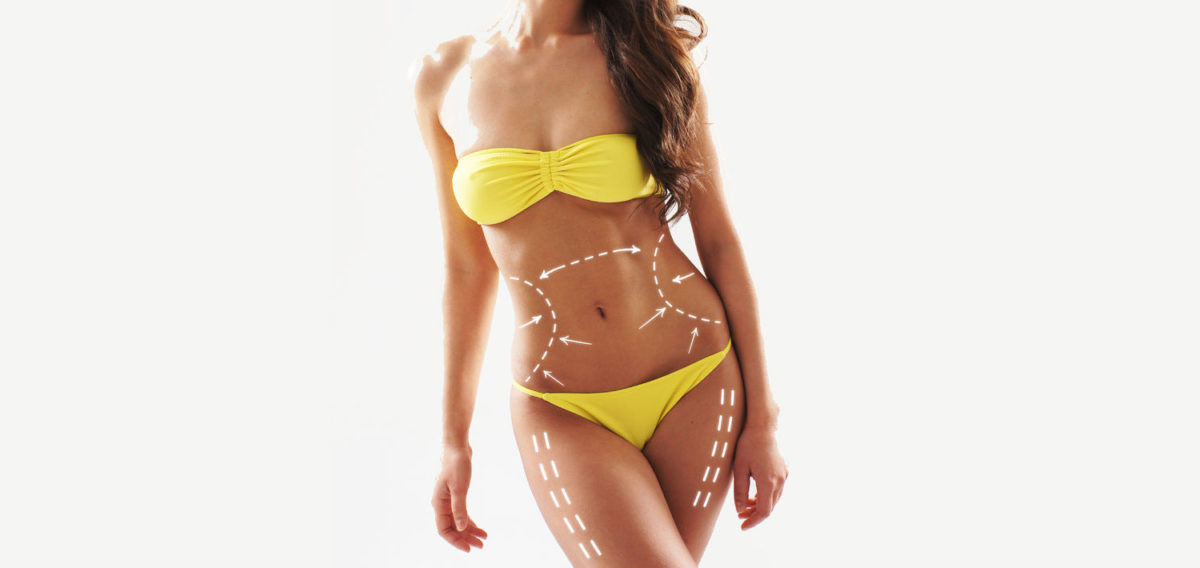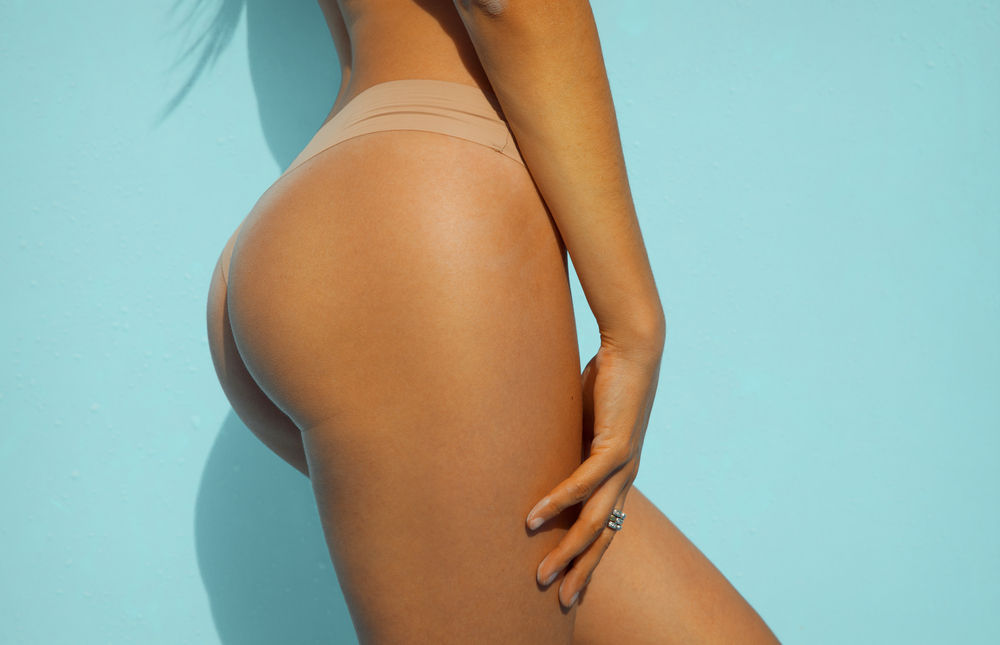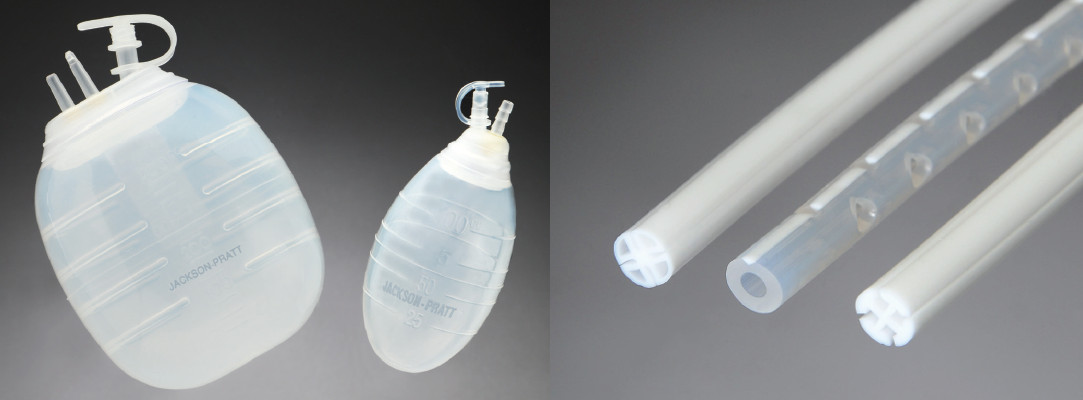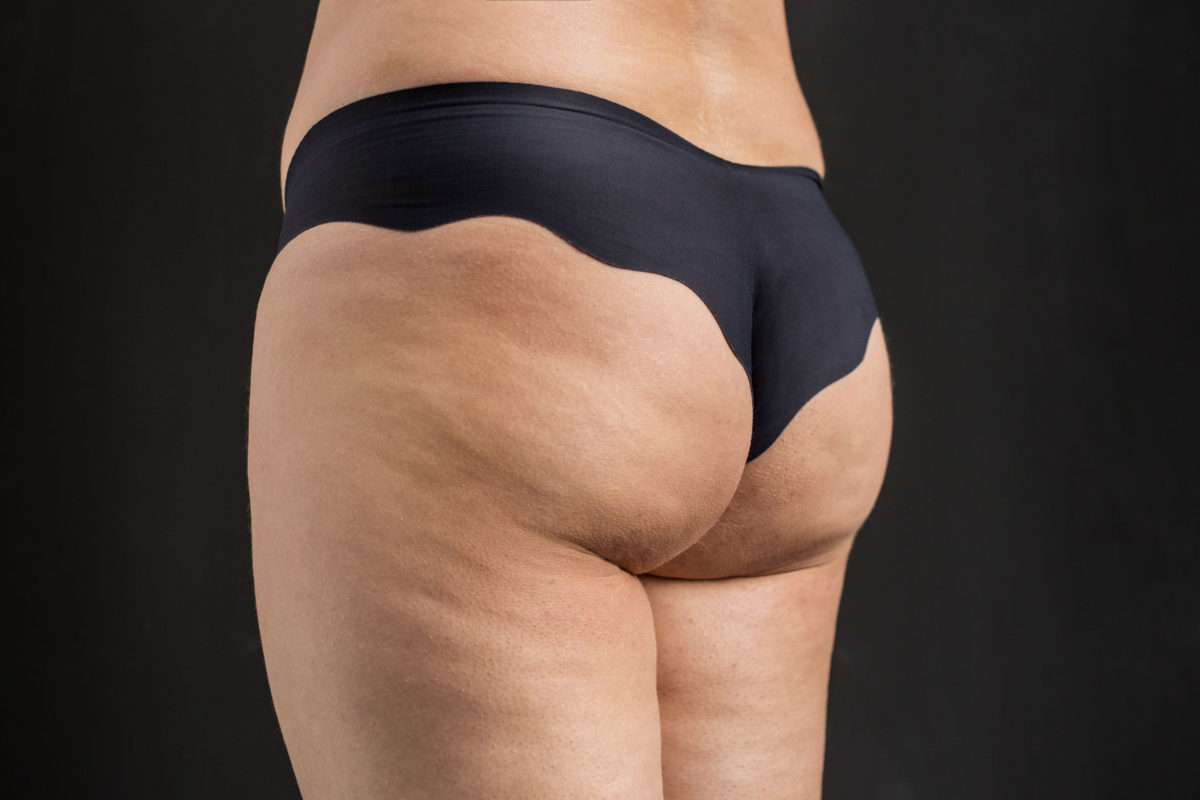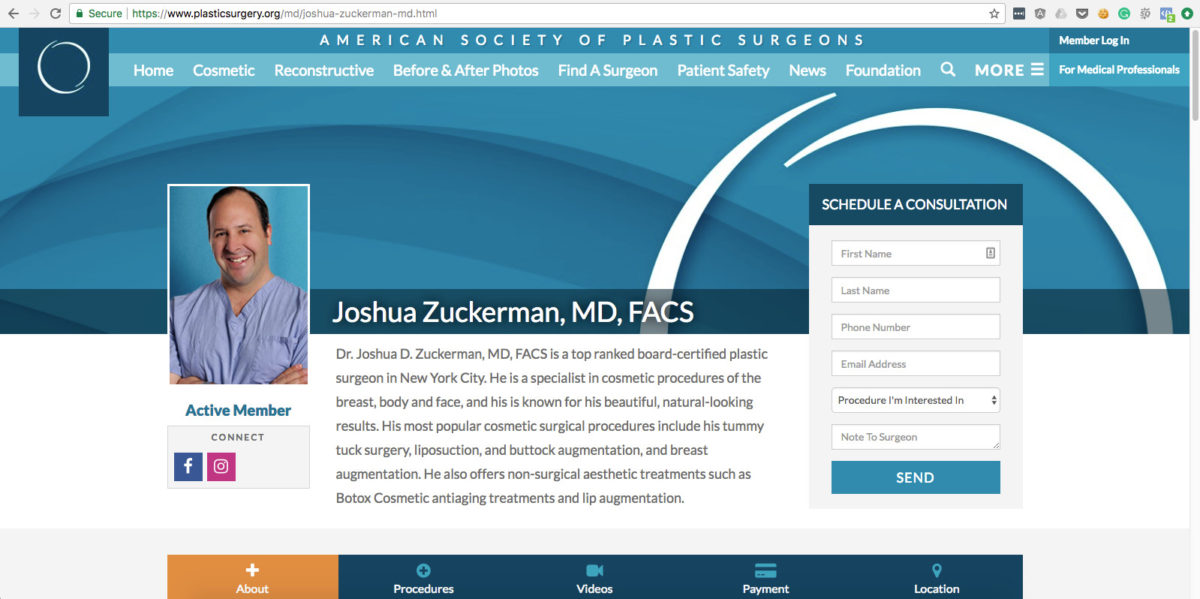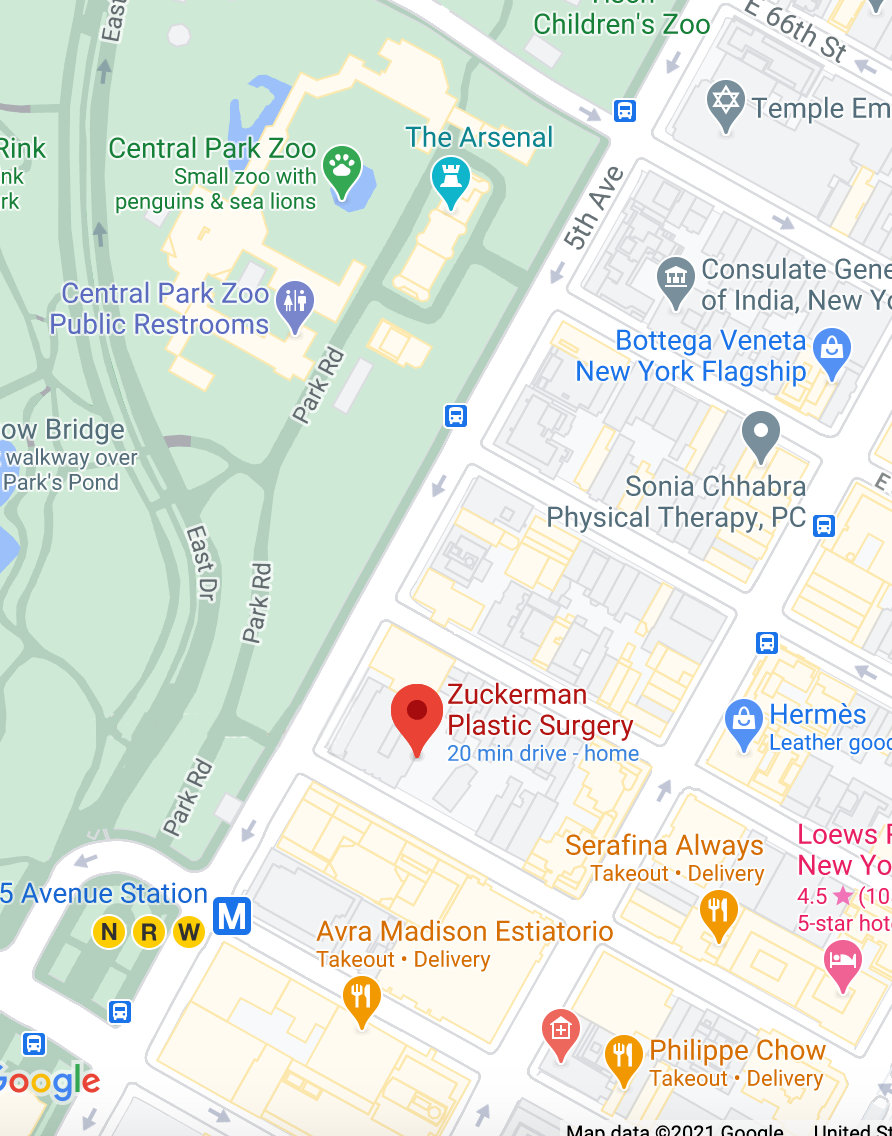“What will my scar look like?” This is one of the most common questions Dr. Zuckerman receives from prospective patients before their cosmetic plastic surgery. After surgery, very few patients even mention their scars: they are very happy with the dramatic change in the aspect of their bodies that bothered them. There are several types of factors that affect scar formation, and among them is the skill of your plastic surgeon.
Scarring after surgery is quite different than scarring due to accidental injury. An incision made in a controlled manner and closed properly will heal to thin – in many cases almost imperceptible – line in the majority of patients. The scar will never “go away entirely”, but mature surgical scars are often very difficult to spot! In addition, if you take care of your scar, as demonstrated below, its ultimate appearance can be improved significantly.
Healing and scar maturation are different, but connected, processes. Any time an incision is made, the body heals with a scar. The incision becomes water-tight in 24 hours, and there is an associated inflammatory process that occurs with healing. An incision is “healed” at 2 to 3 weeks after surgery, and only then becomes a scar.
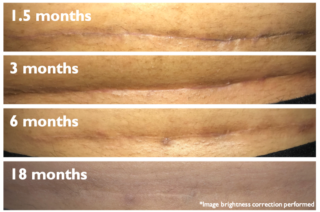
Scars are made of collagen fibers – though all skin is as well – and contain varying degrees of organization and thickness of the fibers. Scar maturation is a process that takes a full year or longer to reach completion. Until that time, collagen fibers are actively remodeling. Scars may be pink or purple up to nine months, and that signals active inflammation and active scar remodeling. That’s normal and to be expected.
There are several factors that affect the quality of a surgical scar. Some of them are technical, in that they result from the skill of the surgeon at the time of surgery. Some are factors intrinsic to the patient, including genetics. The third group of factors are due to the patient’s care of the scar after surgery.
Technical Factors (Surgical Skill): As with the surgical result itself, the quality of the scar depends on the skill of the plastic surgeon. The surgeon must put together the skin under minimal tension, matching the edges of the incision precisely (especially the dermis – which is the strength layer of the skin), and use a multilayered closure to distribute tension evenly.
Intrinsic Patient Factors: As noted above, a significant factor in the formation of scar tissue is out of one’s immediate control and depends on intrinsic patient factors such as genetics, ethnicity, skin pigmentation (pigmented skin has a tendency to form a pigmented scar), and the tendency of the patient to form a thick or raised scar. A hypertrophic scar is a scar that is thick or elevated but stays within the confines of the original scar; a true keloid scar grows beyond the boundaries of the original wound or incision. Both of these are relatively rare. Age is not really a factor in scar formation: older people actually tend to form a more favorable scar. Another important factor is skin elasticity, and weight loss patients can often have unfavorable scars.
Patient Scar Care: There are three things Dr. Zuckerman does to help patients influence scar maturation favorably after surgery:
- Prevent sun exposure: This is an important factor that patients can control. Protecting the scar from the sun primarily helps to avoid scar pigmentation, or darkening.
- Silicone: The patient applies a silicone gel or a sheet topically to the scar. This has been scientifically demonstrated to flatten and smooth the scar.
- Scar massage: Massaging the scar regularly helps break up collagen fibers as they are forming. This can improve scar texture and prevent thickening.
These care instructions are the most important for the first three months after surgery, but Dr. Zuckerman has patients protect the scar for about a year using SPF 50+.
Scarring after Breast and Body Cosmetic Surgery: Tummy Tuck, Breast Lift, etc
Abdominoplasty (tummy tuck) and mastopexy (breast lift) patients especially are interested in their ultimate scar appearance given the significant incisions involved in these procedures. Dr. Zuckerman takes extreme care to place incision lines where they are rarely visible: beneath the lines of underwear, in the existing folds or creases of skin, etc. There can be significant differences in where a plastic surgeon will place their scars, especially in the case of abdominoplasty. A well-performed tummy tuck will place the surgical scar as low as possible on the abdomen, so that it is well-hidden under underwear. As always, choose your surgeon carefully!
What can you do for an older scar?
If you have a scar whose appearance you dislike which is older than one year, unfortunately, much of the scar is likely permanent. However, laser resurfacing has been shown to lighten and decrease the thickness of scars in some patients. There is an additional risk factor though for patients of certain skin types for skin around the scar to also lighten.

